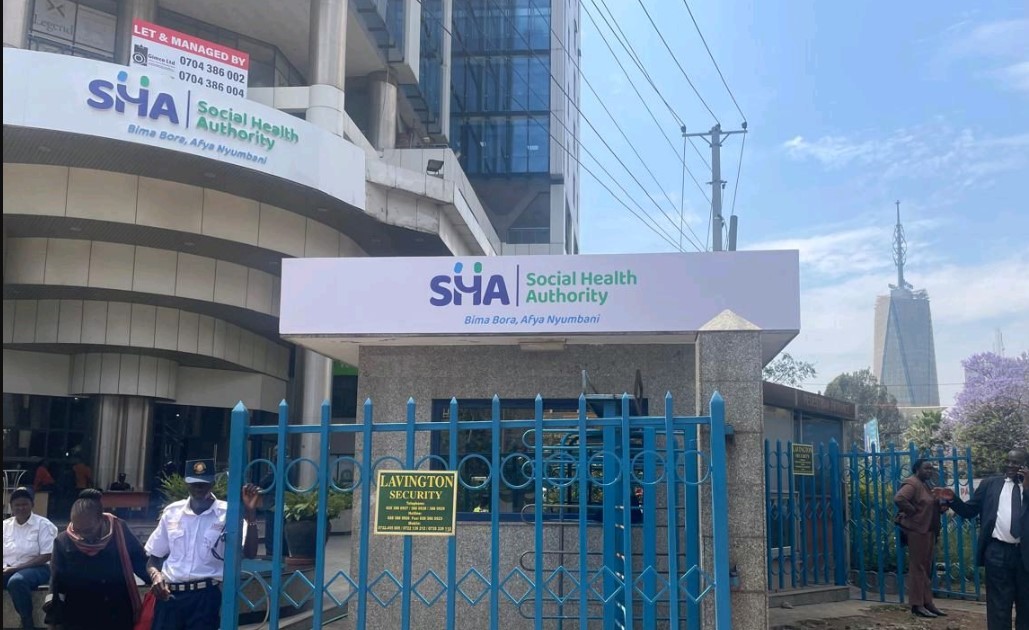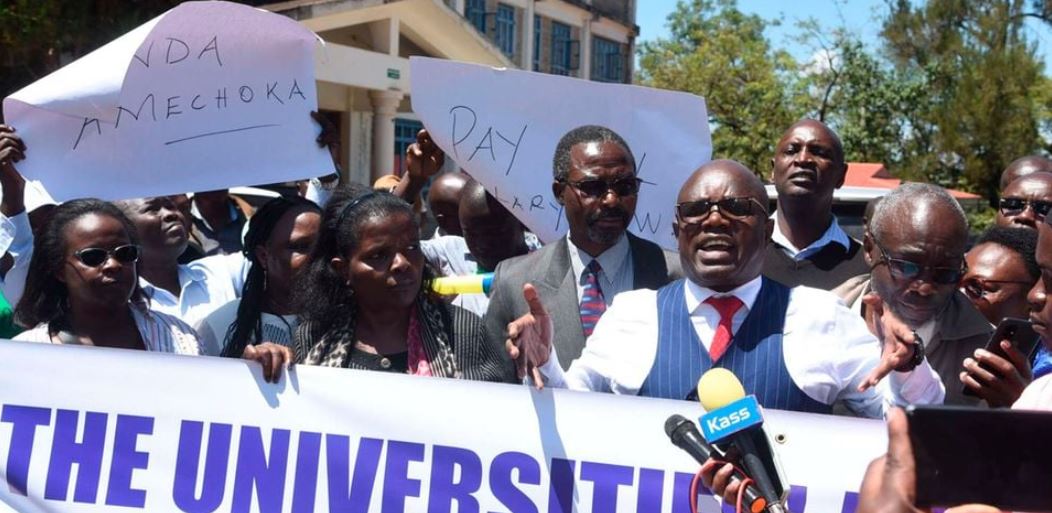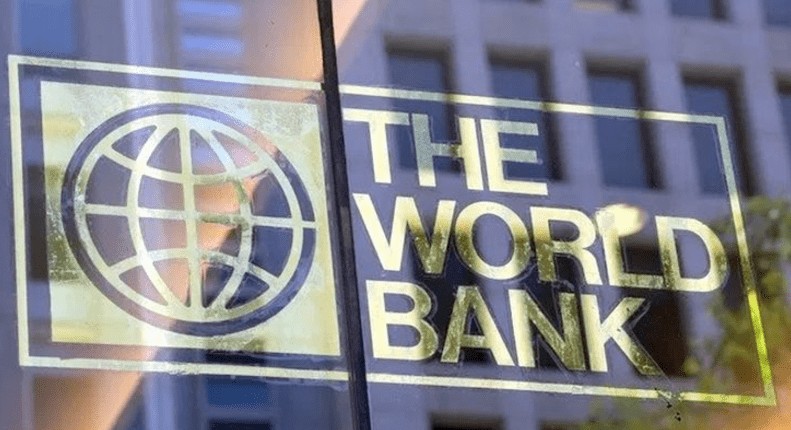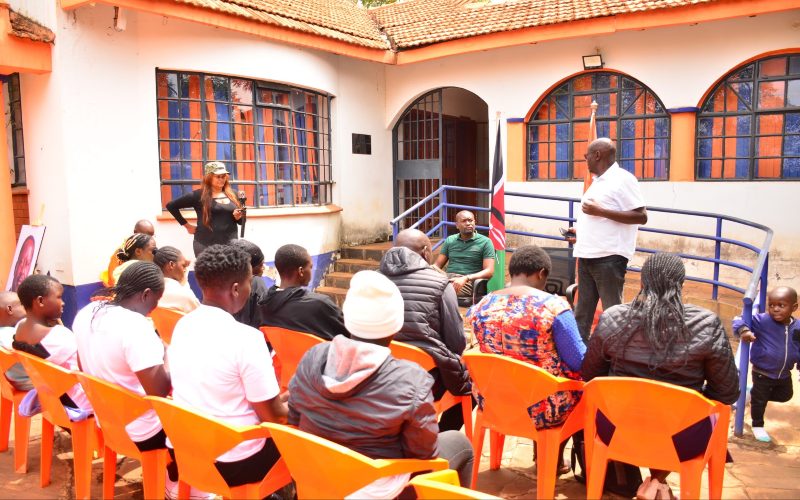Confusion and concerns persist as Kenyans struggle with new social health insurance scheme

While the government has maintained that SHIF is functioning effectively, many Kenyans are still frustrated and eager for the system's issues to be addressed.
For months, the public has been outraged about the new social health insurance fund, citing issues such as a failing system, out-of-pocket payments, and limited coverage since its rollout on October 1, 2024.
Despite the government's claims that the scheme under the Social Health Authority (SHA) is functioning, many Kenyans' experiences have been far from positive. There is widespread confusion about whether the scheme is still under the NHIF, SHA, or Taifa Care.
More To Read
- From NHIF to SHA: Kenya's cancer patients pay the price for a broken health system
- SHA fraud: Trio in court for falsifying medical claims
- MPs grill SHA over Sh91m legal costs, disputed Karen land and stalled NHIF projects
- SHA failing patients with cancer and chronic illnesses, parliamentary report reveals
- Senators vow to hold SHA accountable for delayed health funds to counties
- Health committee session turns chaotic as Duale clashes with MP Kibagendi over SHA probe
Many leaders and healthcare professionals, including clinical officers, have publicly voiced their concerns, with some feeling alienated by the fund. These officers are now required to register on a new system to be contracted, while many Kenyans still don't fully understand what benefits they will receive.
Though many Kenyans are being encouraged to register, others remain hesitant due to the unresolved issues and months-long lack of clear guidance.
Under the SHA scheme, the government aims to provide universal health coverage (UHC) with equity in service delivery, a vision that it describes as "leaving no one behind." However, several challenges must be addressed for this vision to become a reality.
Issues that Kenyans want addressed
One main issue is the lingering confusion about the scheme's structure.
Many Kenyans are unclear about the relationship between the different schemes — NHIF, SHA, and Taifa Care. There is widespread confusion over whether SHA and Taifa Care, or if the two systems are operating concurrently, and what exactly Taifa Care entails. This lack of clarity has led to uncertainty about enrolment, benefits, and access to healthcare.
There are also concerns about inadequate coverage under SHA.
Many patients have found that the benefits they receive do not meet their needs, and they cannot access a wide range of medical services. Essential treatments and medications are often excluded, leaving patients with fewer options, often being forced to pay out-of-pocket for services that should be covered under the scheme. There is a demand for broader coverage that includes a more extensive list of services with better benefits.
Poor service delivery is also a concern to Kenyans.
Despite the promises of an improved system, the quality of healthcare services has not improved as expected. Healthcare facilities continue to face challenges with inadequate infrastructure, understaffing, and delays in providing timely care.
Patients often experience long waiting times, overcrowding in hospitals, and limited access to specialised care. These issues have contributed to dissatisfaction with the scheme.
One of the major issues raised by the public is the continued financial burden of out-of-pocket payments.
Many Kenyans have reported that even after registering with SHA, they still face high costs for medical services that are not covered by the scheme. This defeats the purpose of the health insurance system which was supposed to reduce the financial strain on individuals seeking medical care.
There are also registration and contracting issues for healthcare providers.
Healthcare practitioners, particularly clinical officers, have raised concerns about the registration and contracting processes under SHA. Some have been forced to register on different platforms to be contracted under the scheme, creating unnecessary bureaucratic hurdles and delays. This has caused frustration among healthcare workers, affecting their ability to provide care efficiently and effectively.
Lack of clear communication
There has been a significant gap in communication between the government, healthcare providers, and the public.
Many Kenyans feel they have not been adequately informed about the details of the new Taifa Care systems, including how to access care, what is covered, and how to address complaints. This lack of transparency has created uncertainty and led to a sense of alienation among patients and healthcare professionals.
Due to the ongoing issues with SHA and the lack of confidence in its effectiveness, many Kenyans remain hesitant to register into the scheme.
While some are encouraged to enrol, others are reluctant because of unresolved problems and the fear that they will continue to experience poor service and inadequate coverage. This reluctance has further hampered the scheme's success and widespread adoption.
SHIF contributions structure
While it is clear how the 2.75 per cent contribution is collected through monthly deductions from formal sector employees, there remains significant confusion among those in the informal sector about how the scientific model of healthcare testing will work.
Many people in the informal sector are uncertain about how the 2.75 per cent contribution applies to them, and they are sceptical about the potential consequences of participating in the scheme.
This uncertainty has led to concerns that they might be trapped in a system they don't fully understand, especially when compared to the previous NHIF model, which had a more straightforward contribution of Sh500 monthly.
Household coverage
Under the previous NHIF system, the primary breadwinner could cover their entire household, including spouses and children, with a single contribution. However, under SHIF, the rules have changed.
Now, every individual aged 25 and above is considered a separate household and is required to register with SHIF and make their own contribution. This shift has raised concerns, especially among unemployed individuals, who are unsure how they will make these payments.
Additionally, the new system mandates that all children must be registered under SHIF.
This has sparked confusion about how these payments will be managed for families with dependents, and how the scheme will handle contributions for those who may not have a stable income.
The complexity of the registration process and the individual contribution requirements have left many questioning the feasibility and fairness of the system.
For access to free primary healthcare, one must be a registered member of SHIF.
Expensive system fails to deliver
The procurement of the Social Health Insurance Fund system for Sh106 billion has sparked significant controversy.
Many Kenyans are questioning why such an expensive system was purchased yet it has failed to function effectively, particularly at critical moments when patients need care the most.
The frequent system failures have led to frustration, as individuals are unable to access the services they need despite the high cost of the new system.
Many have also raised concerns about the decision to implement SHIF instead of upgrading the NHIF system. Upgrading the NHIF system was estimated to cost only around Sh800 million, a fraction of the amount spent on the new SHIF system.
Critics argue that this investment could have been better spent improving the previous system, which already had infrastructure in place, rather than replacing it with a new one that has yet to deliver the promised benefits. This has sparked public outcry, as taxpayers feel that they have been burdened with a costly system that is not providing the expected value or results.
While the government has maintained that SHIF is functioning effectively, many Kenyans are still frustrated and eager for the system's issues to be addressed. They are calling for clearer communication, improved access to essential services, and a more transparent and equitable distribution of resources.
Top Stories Today














































